Spanning nearly 19,000 square kilometres, Madidi National Park encompasses lush rainforests, towering Andean peaks, and winding rivers. Established in 1995, the park is home to thousands of plant and animal species, including jaguars, giant otters, and rare macaws. Madidi offers diverse ecosystems, from tropical lowlands to cloud forests. It attracts nature lovers, researchers, and eco-tourists seeking adventure and wildlife encounters. It remains a vital conservation area in South America, managed by local communities.
Quick Details
Location: Bolivia, South America
Opening Date: 1995
Dimensions: 18,958 square kilometres
Elevation: Ranges from 180 meters to 5,760 meters above sea level
Timings: 24*7
Entry Fee: Varies depending on the tour operator and type of visit
Location
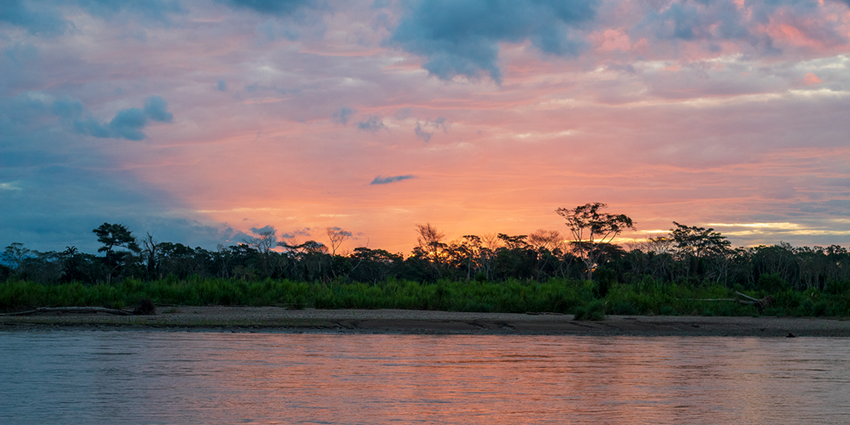
Photo: Atordoya / Wikimedia Commons
Madidi National Park is located in northern Bolivia, within the upper Amazon basin, covering parts of La Paz and Pando departments. It stretches from the Andean mountains to the Amazon rainforest, creating a unique mix of ecosystems. The park lies along the Tuichi River and borders Peru’s Manu Biosphere Reserve, forming part of one of the world’s most biodiverse regions, ideal for wildlife conservation and eco-tourism.
How To Reach
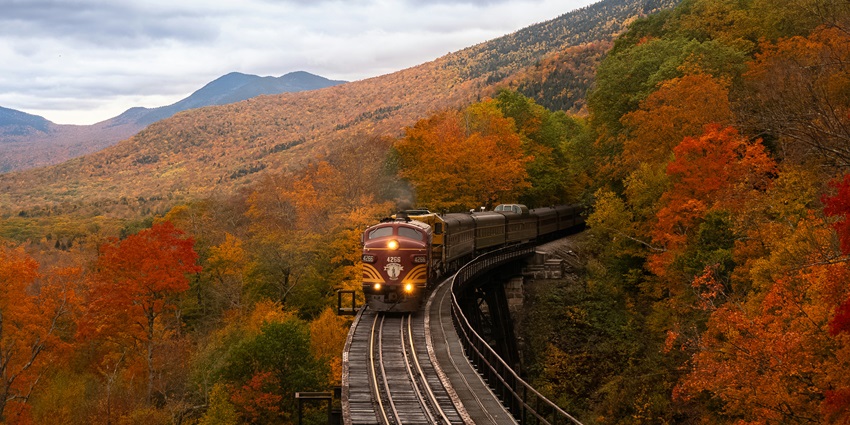
Photo: Balazs Busznyak / Unsplash / Image For Representation Only
By Road: The nearest city is Rurrenabaque, about 400 km from La Paz. Buses and private taxis operate from La Paz to Rurrenabaque, taking approximately 10–12 hours.
By Rail:There is no direct railway connection to Madidi National Park. Travellers can take a train from Oruro to Viacha (near La Paz) and then proceed by road to Rurrenabaque.
By Water: From Rurrenabaque, tourists can take a boat along the Beni and Tuichi rivers. The journey takes 3–6 hours, depending on the tour and river conditions.
Things To Do
Starting from trekking to wildlife watching, these are a list of a few things you should not miss trying out during your trip.
1. Wildlife Watching
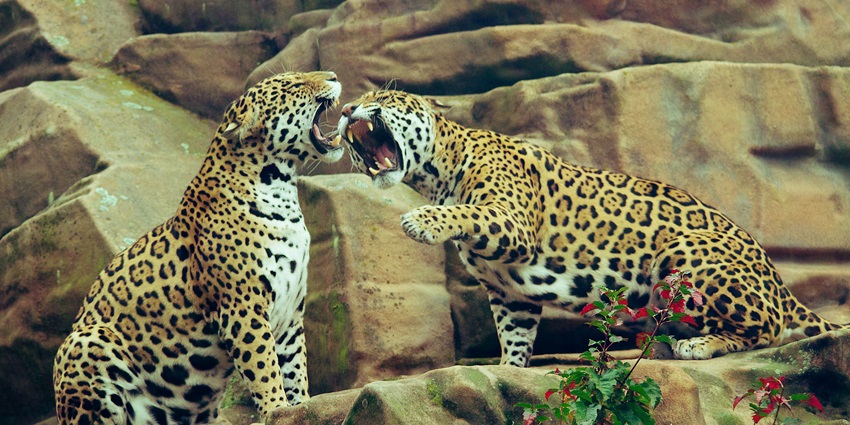
Photo: Frida Lannerström / Unsplash / Image For Representation Only
Madidi National Park offers a chance to spot jaguars, giant otters, macaws, tapirs, and monkeys in their natural habitat. The park’s dense rainforests and riverbanks provide excellent opportunities for wildlife photography and observation. Hiring a local guide increases your chances of spotting elusive species. The rich biodiversity makes it a top destination for nature lovers.
Best Time To Visit: May to October
2. Jungle Trekking
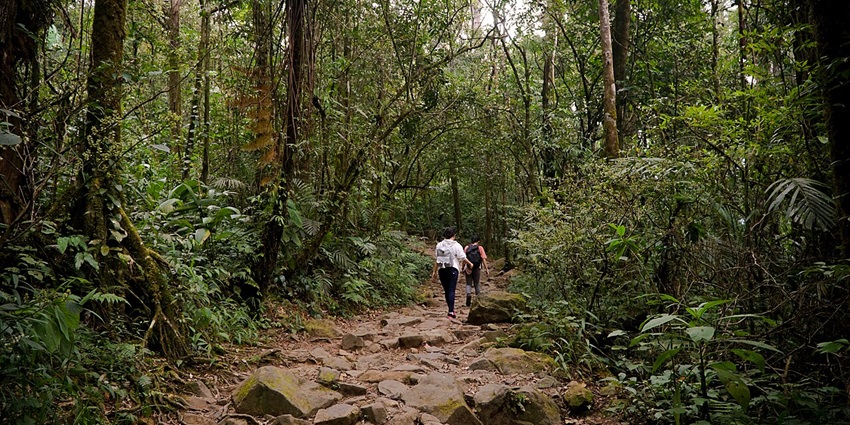
Photo: Pompyjunus / Wikimedia Commons / Image For Representation Only
Explore Madidi’s diverse ecosystems through guided jungle treks. From dense rainforests to cloud forests, each trail offers unique flora and fauna. Trekking here allows visitors to experience the Amazon’s raw beauty while learning about medicinal plants and wildlife tracking. Multi-day hikes provide a deeper exploration into the untouched wilderness.
Best Time To Visit: May to October
3. River Expeditions
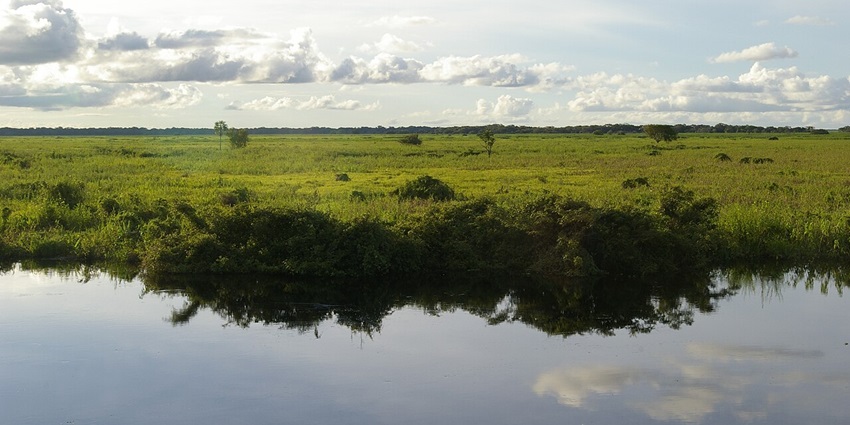
Photo: Elias Bizannes / Wikimedia Commons
Take boat trips along the Beni and Tuichi rivers for scenic views and wildlife encounters. These river journeys provide opportunities to see caimans, capybaras, pink dolphins, and exotic birds. Kayaking and canoeing are also available for a closer experience with nature. Sunset river tours offer breathtaking views of the Amazon.
Best Time To Visit: May to October
4. Camping & Eco-Lodges
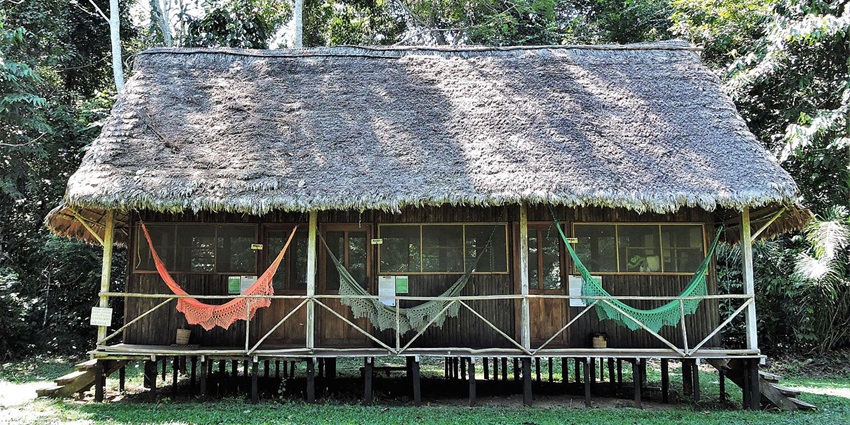
Photo: Rodrigo Mariaca / Wikimedia Commons
Stay in eco-friendly lodges or camp deep in the jungle for an immersive experience. Many lodges are operated by indigenous communities and emphasize sustainability. Camping allows for stargazing and nighttime wildlife spotting, including nocturnal animals like owls and frogs. Lodges offer comfortable stays with guided excursions.
Best Time To Visit: May to October
Places To Visit In Madidi National Park
While you are in Madidi National Park, here is a list of must-visit places.
1. Tuichi River
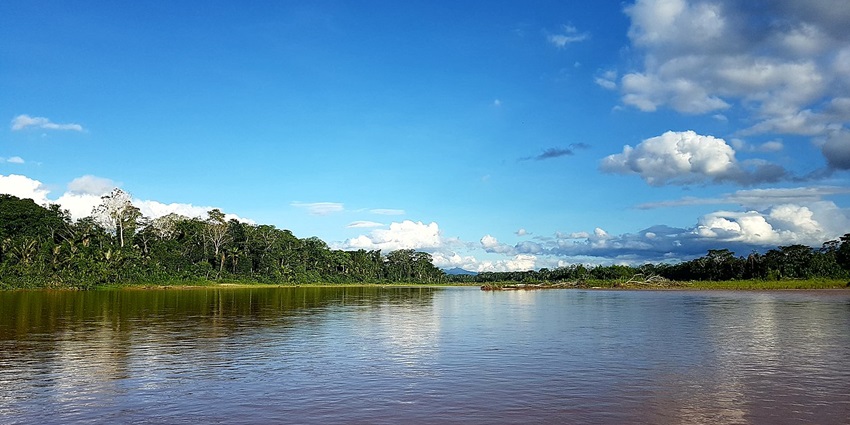
Photo: Rubí Y. Oliver Salazar / Wikimedia Commons
The Tuichi River is a vital waterway flowing through the park, offering breathtaking landscapes and abundant wildlife. Visitors can embark on thrilling boat rides or rafting adventures, navigating its winding course through dense jungles and cliffs. Along the way, you might spot capybaras, caimans, and exotic birds. The river also provides access to many hiking trails and Indigenous settlements, making it a great spot for nature lovers and adventure seekers alike.
Best Time To Visit: May to October
2. San Buenaventura
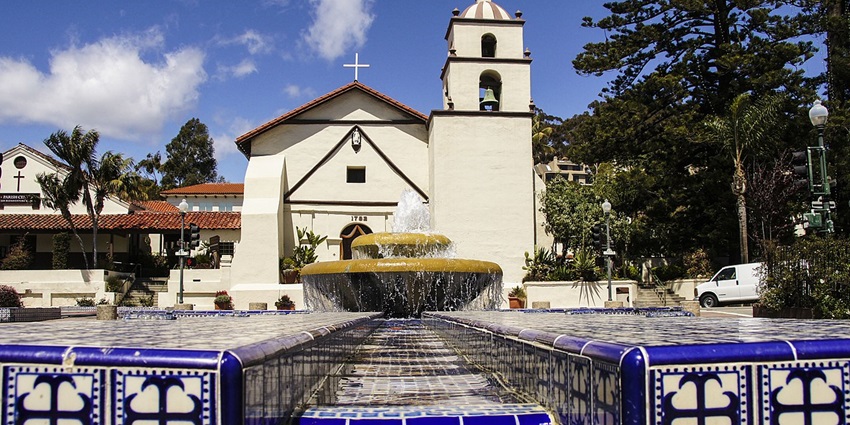
Photo: Ricardo Holden / Wikimedia Commons
Located just across the Beni River from Rurrenabaque, San Buenaventura is a peaceful town that offers a glimpse into Bolivia’s lesser-known destinations. It serves as another entrance to Madidi and is known for its scenic beauty and cultural heritage. Visitors can explore local markets, visit nearby cocoa plantations, or take short hikes into the surrounding forests. The town provides a quieter alternative to Rurrenabaque while still offering access to the natural wonders of the region.
Best Time To Visit: May to October
3. Rurrenabaque
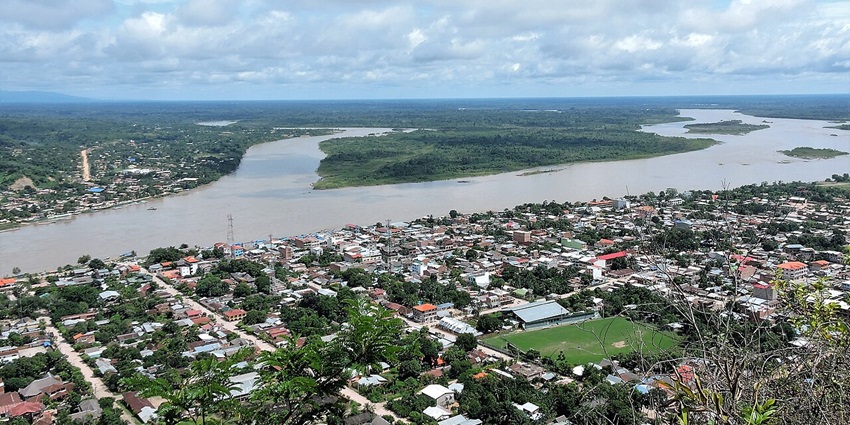
Photo: Rodrigo Mariaca / Wikimedia Commons
Rurrenabaque, a charming town on the banks of the Beni River, is the main gateway to the park. It serves as a base for eco-tourism, offering boat trips, jungle tours, and cultural experiences with indigenous communities. The town has a laid-back vibe with riverside cafés and stunning sunset views. Visitors can also explore the nearby hills for panoramic views of the Amazon basin.
Best Time To Visit: May to October
4. Pilón Lajas Biosphere Reserve
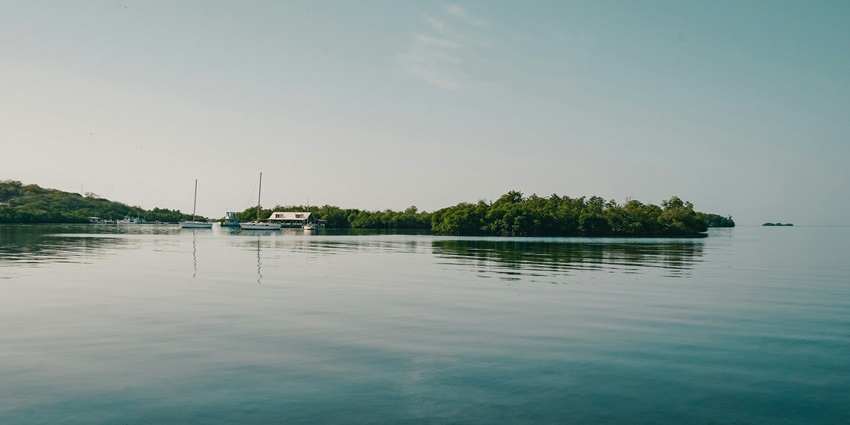
Photo: Jorvanny Picorelly / Unsplash / Image For Representation Only
Located southeast of Madidi, Pilón Lajas is a UNESCO-listed biosphere reserve home to diverse wildlife and indigenous communities. The reserve offers hiking, canoeing, and birdwatching experiences similar to Madidi but with fewer tourists. It is also known for its giant river otters, jaguars, and vibrant bird species. The indigenous Tsimané and Mosetén people manage the area, ensuring a sustainable and culturally rich experience for visitors.
Best Time To Visit: May to September
5. Apolobamba National Park
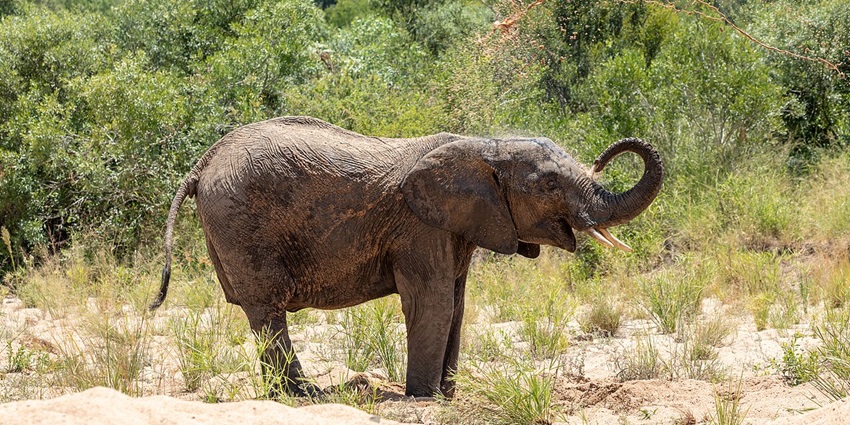
Photo: Dietmar Rabich / Wikimedia Commons / Image For Representation Only
Apolobamba National Park is a high-altitude protected area known for its rugged mountains and pristine landscapes. It is famous for its Andean wildlife, including vicuñas, condors, and spectacled bears. The park also holds cultural significance as it is home to the Kallawaya people, traditional healers known for their ancient herbal medicine practices. Hiking in Apolobamba offers a contrast to Madidi’s dense rainforest, allowing visitors to experience Bolivia’s diverse natural beauty.
Best Time To Visit:
Where To Stay
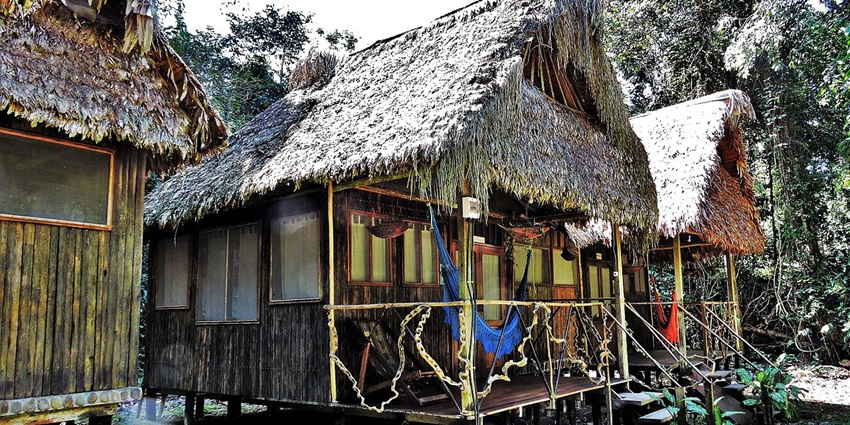
Photo: Rodrigo Mariaca / Wikimedia Commons / Image For Representation Only
Visitors to the national park can stay in eco-lodges like Chalalán Eco-Lodge and Mapajo Community Tourism Lodge, which offer comfortable accommodations with sustainable practices. These lodges provide guided tours, jungle treks, and cultural experiences. In Rurrenabaque, budget and mid-range hotels like Hotel Maya de la Amazonia and El Curichal Hostel are available, offering convenient stays before heading into the rainforest. Camping options are also available for adventurous travelers.
Where To Eat

Photo: Akizia / Wikimedia Commons / Image For Representation Only
Dining options inside the park are mostly available at eco-lodges, which serve traditional Bolivian and indigenous meals using local ingredients. In Rurrenabaque, visitors can enjoy restaurants like El Nomadico, known for its Amazonian-inspired dishes, and Juliano’s, which serves local and international cuisine. Casa de Campo offers fresh fish and traditional Bolivian meals, making it a great place to try authentic regional flavours before or after exploring Madidi.
Best Time To Visit
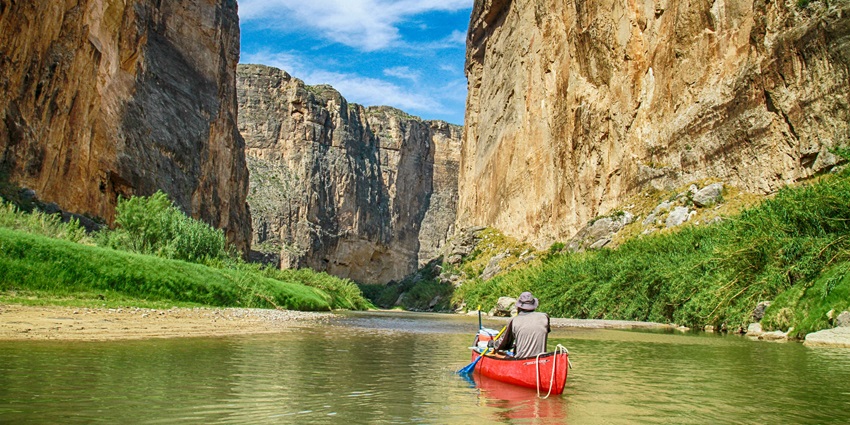
Photo: Mick Haupt / Unsplash / Image For Representation Only
The best time to visit Madidi National Park is during the dry season (May to October) when trails are more accessible, and wildlife spotting is easier. The wet season (November to April) brings heavy rains, making trekking difficult but enhancing the lush greenery. Birdwatchers and nature photographers may prefer the wet season for its vibrant landscapes, while adventure seekers find the dry season ideal for hiking and river expeditions.
Other Factors To Consider

Photo: ian dooley / Unsplash Commons / Image For Representation Only
Tips For Travellers
- Packing Essentials: Bring insect repellent, rain gear, sturdy hiking boots, and lightweight clothing.
- Guided Tours: Hiring an experienced guide enhances safety and wildlife spotting.
- Cultural Respect: Be mindful of indigenous communities and their traditions.
- Connectivity: Limited cell service; carry offline maps and necessary supplies.
Madidi National Park is a paradise for nature lovers, offering breathtaking landscapes, diverse wildlife, and rich biodiversity. From lush rainforests to winding rivers, this Bolivian gem is perfect for adventure seekers and eco-tourists alike. Whether you’re spotting exotic animals or immersing yourself in indigenous culture, Madidi promises an unforgettable experience. Plan a trip to TripXL and embark on an extraordinary journey into the heart of nature!
Cover Photo: Gareth Fabbro / Wikimedia Commons


 WhatsApp
WhatsApp
 Twitter
Twitter









